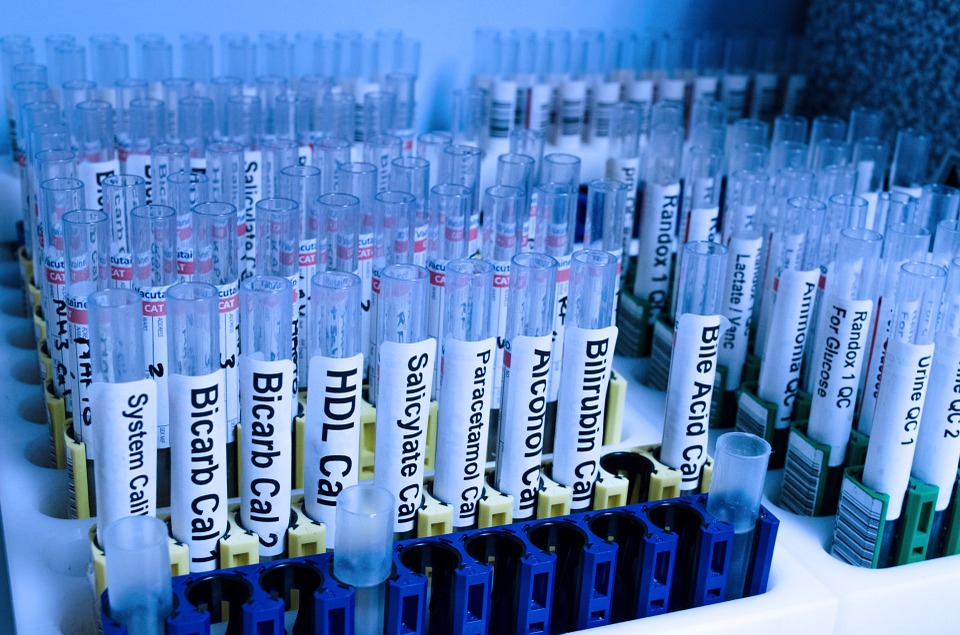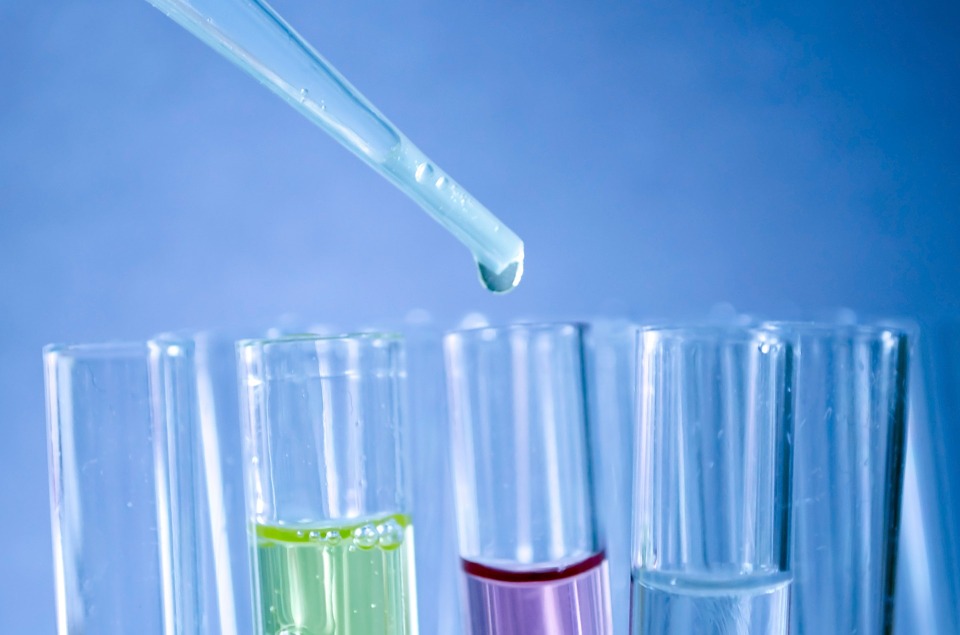A urine drug test or a urine drug screen (UDS) is merely a painless, quick, easy, and cost-effective test that can detect the presence of drugs in an individual’s system.
Urine testing is the most common drug testing method, whereby an individual is checked for illegal as well as prescription drugs. An individual only provides a sample that a doctor or technician analyzes.
The analysis will then determine if a specific drug has been used in the recent past (days, weeks) even if the effects have already worn off.
Purpose of a Urine Drug Testing
Several sectors can ask for a drug test. For example, doctors, employers, and sports officials may request a drug test for several reasons.
A doctor can ask for a urine test when they think that someone has been misusing prescription drugs or has been using illegal drugs.
 These days, several employers are requesting that existing, as well as new staff members, are subjected to a urine drug test. Most workplaces requiring high safety levels are the most common victims of drug screens.
These days, several employers are requesting that existing, as well as new staff members, are subjected to a urine drug test. Most workplaces requiring high safety levels are the most common victims of drug screens.
Most sporting events as well are trying everything possible to ensure that individuals compete equally by testing athletes of performance-enhancing drugs.
Also, alcohol and drug rehabilitation programs can ask for a drug screen to ensure whether an individual is staying sober. Some prison officials as well require drug tests of persons with drug abuse histories.
Drugs Detected by a Urine Test
A drug test can detect several drugs such as;
- Cocaine
- Amphetamines
- Marijuana
- Methamphetamine
- Barbiturates
- Benzodiazepines
- Opioids
- Phencyclidine (PCP)
- Alcohol
Mostly a urine test as well can be used to detect the the abuse of marijuana and other hard substances in the body. You can read more on this guide on how to pass a marijuana drug test online on dependable sites like scoreloop.com. However, breath tests are usually used instead of a urine screen.
Types of Urine Drug Tests
Two types of urine drug testing exist; immunoassay (IA) that’s cost-effective and produces results reasonably quickly. However, it sometimes gives false positives and may not pick all opioids.
The second type is known as gas chromatography or mass spectrometry (GC/MS) and follows immediately when the first test is positive to confirm the results. GC/MS are expensive and can take longer, but rarely can they produce false positives.
Taking the test involves;
- Receiving a specimen cup
- Empty pockets a get into a different room sometime you may be monitored
- Clean the genital area with a moist cloth, urinate into the container; about 45 ml
- Put a lid on the and hand it over, while keeping visual contact on it until its sealed
You should also remember that several factors will determine the detection times, and they include things like frequency of drug use, body mass, hydration levels, and urine acidity.

